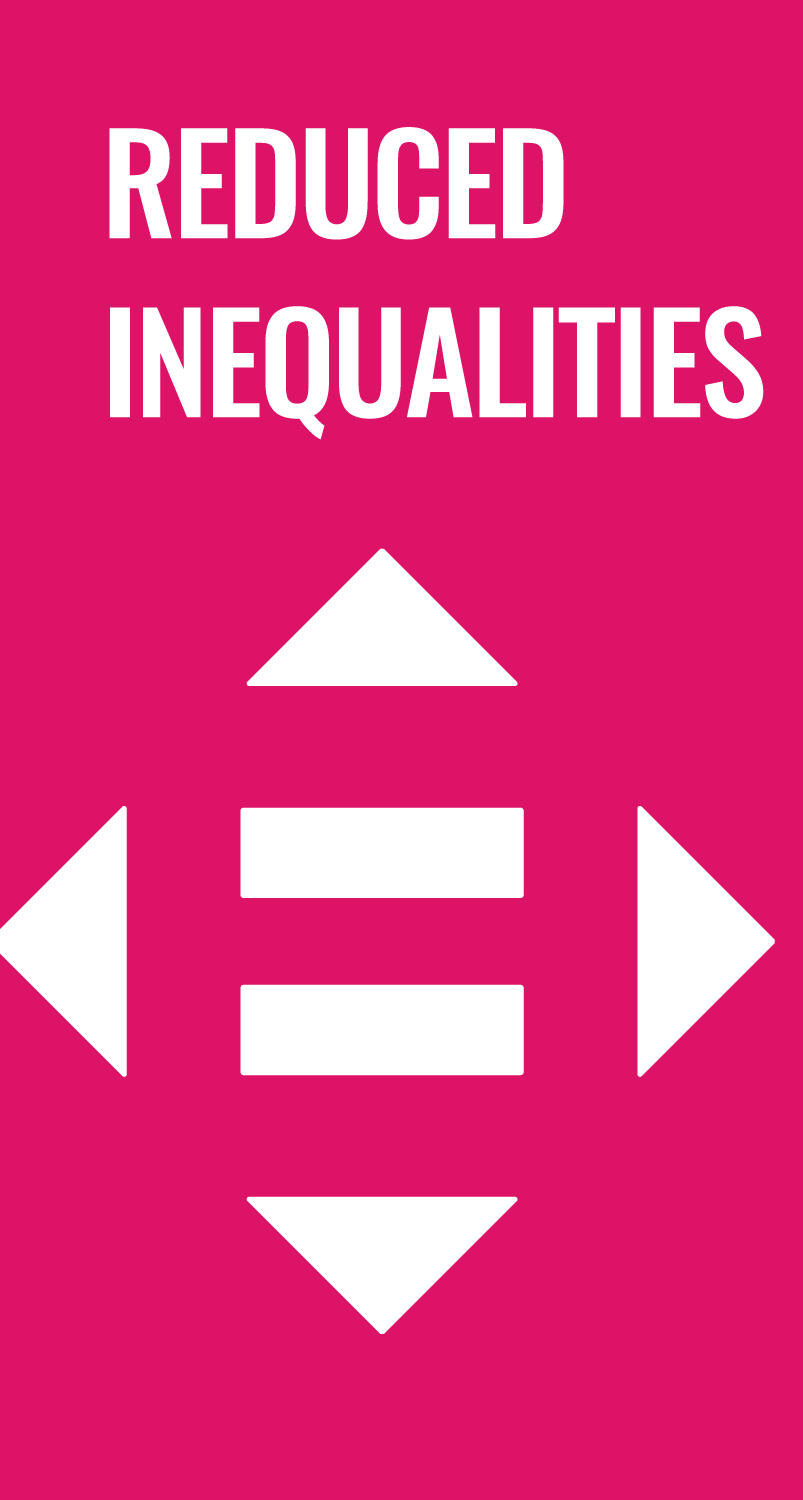The world has become more equal
Reducing inequality between rich and poor countries, and between people within countries, is one of the sustainable development goals the world has set forth to fulfill by 2030. With ten years to go, the goal still seems distant. But there are some positive signs. Global inequality has fallen during the last decades. Measured by the Gini Index, ranging from 0 to 100 (where 0 describes a hypothetical situation where 1 person has all the income, and 100 a situation with perfectly even distribution of income) inequality fell from 70 in 1988 to 62 in 2013.
According to the UN, almost half the countries with available data saw a fall in their Gini index during the period between 2010 and 2017, which means that inequality within these countries was reduced. But the picture clear: In 25 out of the 89 countries, inequality was on the rise during the same period. South Africa is one of the countries with the highest income inequality, while the lowest levels of inequality are seen in Slovenia and the Czech Republic.
Another positive sign is that, in most countries, the 40 percent of the population with the lowest income, experienced a growth rate of income that was higher than the national average income growth.
But, despite some positive signs toward reducing inequality in some dimension, inequality still persists in all forms, UN Secretary-General António Guterres states in a recent published progress report on the sustainable development goals.
And the Secretary-General continues:
“The COVID-19 crisis is hitting the poorest and most vulnerable people hardest and threatens to have a particularly damaging impact on the poorest countries.”
Every Friday at noon, the Nobel Peace Center will release a peace dove together with “The good news of the week.”The dove is released from a window at the Nobel Peace Center, situated on the City Hall Square. As the dove crosses the square, the John Lennon song Give Peace a Chance will play from the bell towers.
Share:

